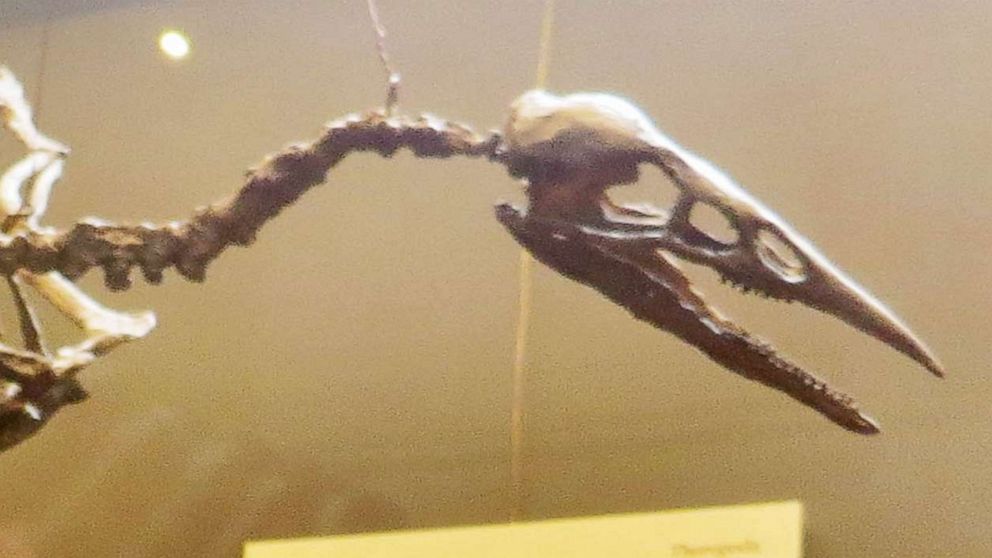
Big brains may have helped birds survive dinosaur-killing asteroid
ABC News
A fossil skull from a bird that lived in the time of dinosaurs sheds light on how the ancestors of modern birds escaped extinction.
This is an Inside Science story. Just a few million years before an asteroid killed nearly all dinosaurs on Earth, a creature resembling a small albatross with teeth flew through the Cretaceous skies. The creature, known as Ichthyornis, is considered an early bird -- but not part of the lucky lineage that survived the mass extinction and gave rise to modern birds. Now, a newly discovered Ichthyornis fossil sheds light on why some early birds survived the asteroid-triggered catastrophe known as the K-Pg extinction, while close relatives like Ichthyornis perished. The key may have been a vastly expanded forebrain -- a trait that all modern birds possess, but Ichthyornis and other extinct lineages lack. The earliest known bird is Archaeopteryx, which lived about 84 million years before the K-Pg extinction. Archaeopteryx shared a similar brain shape with nonbird dinosaurs and reptiles, with the cerebellum and optic lobes arranged in a straight line behind a modest-sized forebrain. In contrast, the forebrains of all modern birds are hugely enlarged, spreading above the optic lobes and pushing the whole brain into a new arrangement.More Related News
